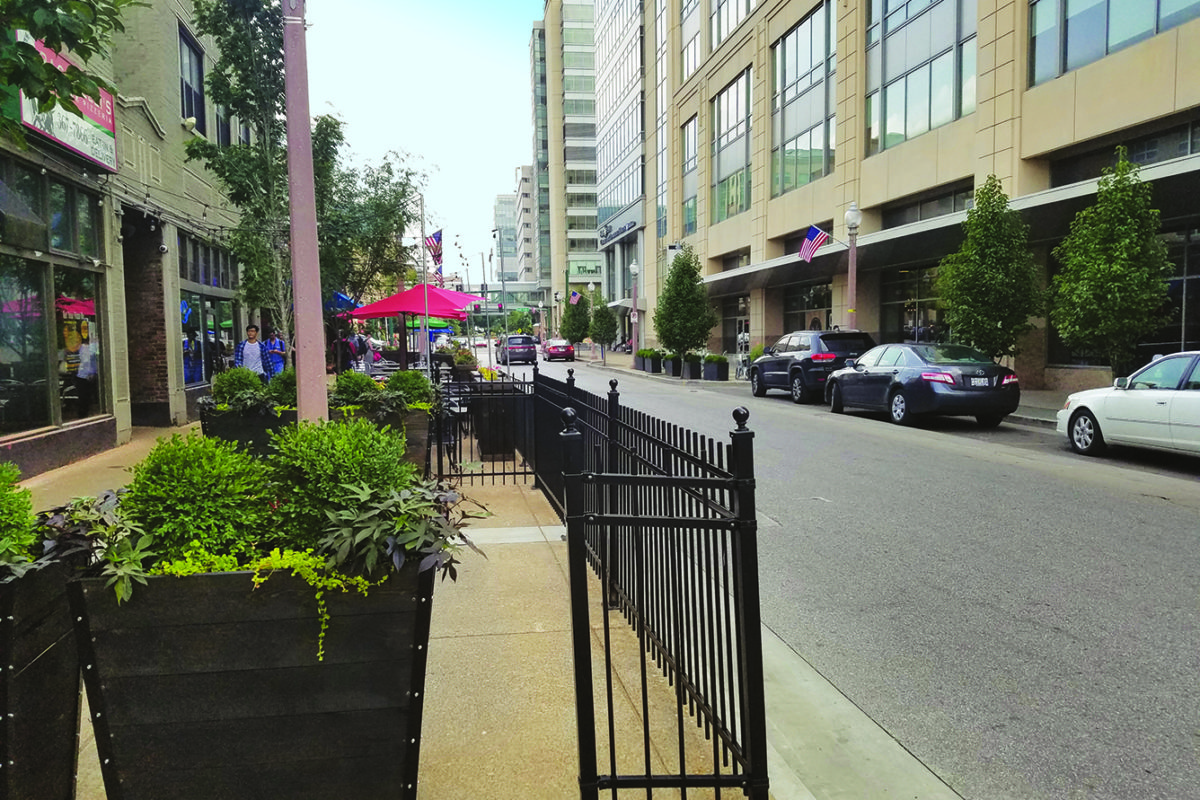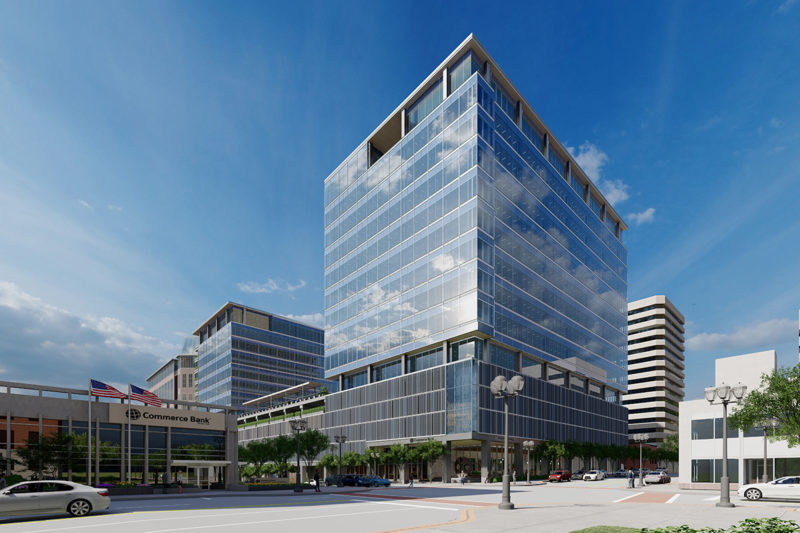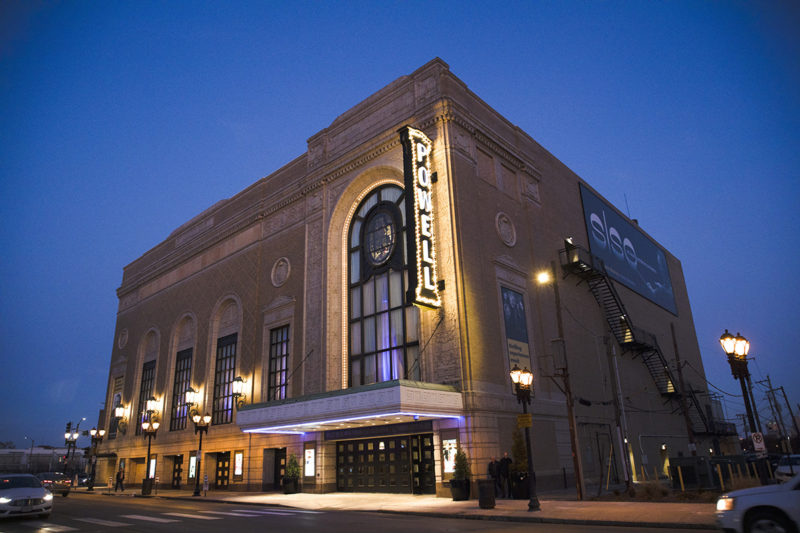This year, the National Association of Realtors (NAR) published their smart growth publication On Common Ground: Walkable Neighborhoods which emphasized the data of their 2013 national survey on the impact of walkability on home prices. Of the people surveyed, 55% preferred to live in neighborhoods with a mix of homes and stores within walking distance rather than neighborhoods that require more driving between home, work, services and amenities. The study also indicated that people are willing to pay more, buy a smaller home or buy a smaller lot in order to purchase homes in walkable communities. In Smart Growth America’s publication Foot Traffic Ahead – Ranking Walkable Urbanism in America’s Largest Metros, key metropolitan areas with the highest levels of walkable urbanism were measured and ranked. The Smart Growth study attributed a 74% premium in real estate values of walkable districts over vehicular-dominated suburban areas. Incidentally, St. Louis made the list at number 19 out of the 30 largest cities in the country. However, the study indicated that St. Louis has been exhibiting low potential for walkable initiatives. This can change. Another interesting source of walkable data is produced by Walk Score, a website that maps walkability, transit access and bike accommodation by address or city with an apartment search feature. According to Walk Score, St. Louis has an average “Walk Score” of 65 out of 100. In this context, it means that St. Louis is considered somewhat walkable and that some errands can be accomplished by foot. The “Transit Score” was 45 and “Bike Score” was 57 out of 100 respectively. So, what are we as a region doing about our marketable walkability?
In the St. Louis region, there has been a noticeable uptick in urban planning and streetscape design initiatives that seek to connect, protect and give priority to pedestrians and cyclists over the last 10 years. Through the efforts of the East-West Gateway Great Streets Initiative, the MoDOT Transportation Alternative Program, Great River’s Greenway, Trailnet, private investment and others, there is a spirit of collaboration that has a common goal of connectivity for cyclists and pedestrians.
However, not all streetscapes are created equal or guarantee an economic payback. Questions come to mind: Is it enough to replace sidewalks and lighting to create a walkable neighborhood? How do you create a street that is an economic driver? These fundamental questions take a back seat when the project is challenged by low funding. Today’s streetscape in an existing urban area with bicycle facilities typically cost $1,000 to $1,200 per linear foot to design and construct. Urban retrofits and hardscape construction, in general, is expensive and complicated by existing conditions and utilities. Ideally, the urban design and streetscapes will reflect the uniqueness of the communities they serve. They have features that give users cues to where they are in the world. They support the specific needs of the businesses and residents. When the budget cannot support the implementation of all these ideals, how can the dollars be best leveraged to develop a great street? Smart, contextual urban planning and meaningful community engagement is the first step towards realizing greatness.
Urban Planning Leading the Way
It takes planning and design guideposts to set the direction and guide priorities. It takes a long-term vision even in light of short-term funding. Walkable neighborhoods and districts are the goal and the social and economic benefits are our reward. Our districts and streets should be great! There are St. Louis streets and streetscapes in the works that are contributing to our walkability. These projects give us examples of what our streets should do…
Serve their communities first, then become regional destinations
Community implies a density and a diversity of activities, people and thoughts. Community streets are places that truly serve the needs of the local people. They are not just connections from point A to B. In a time when Americans have accepted an increasingly isolated lifestyle, drive-through culture and suburban development patterns, now is the time to look at our streets as community gathering spaces. Streets that are great, connect us with our community, our neighbors and our businesses, allowing us to see and be seen.
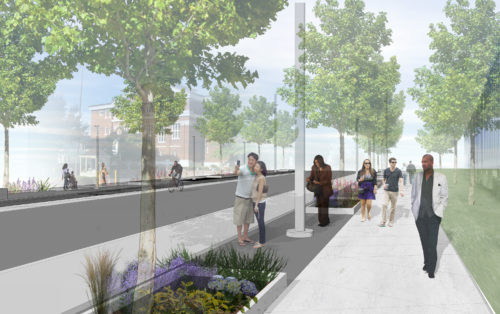
Provide a feast for the eye
Some of the greatest streets are not defined by fancy streetscapes. They have evolved over time with layers of additions and modernizations. A great street is an eclectic blend of architectural facades, varied retail offerings, neighborhood services and human faces. It is the human-scale of the street in proper proportion to the sidewalk that puts the active street life into view. It is this feast for the eye and the senses that attracts people, encourages them to stop and linger and has the added benefit of slowing down traffic.
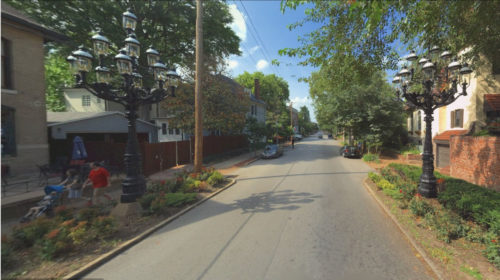
Allow for change over time
Great streets accommodate change but do not compromise on principle. Great street design allows for new ideas and plans for the ebb and flow of land use, redevelopment and the growth of bike and pedestrian use. Flexibility and growth should be built into the design, particularly when budgets are tight. Great streets are transformed over time and by the people they serve.

Choreograph the movements of cars and pedestrians
While many of the principles of street design run counter to the objectives of efficient traffic movement, a great street accommodates the prerequisite traffic with careful choreography. When traffic is designed to move in a predictable manner, people in cars and on foot can both move efficiently and safely. But vehicle movement is not more important than any other modes of travel – by foot, bus, wheelchair or bike. All modes of travel need to be choreographed to create the dance that is a great street.

Get us all “out of the box”
Today’s suburban development patterns are dominated by surface parking and reduce the pedestrian to an appendage of the car. Our car is “the box” in which we spend over 100 hours a year on average commuting. Vehicular-dominated areas with limited walkability can isolate people with disabilities. Great streetscapes encourage us to leave “the box” behind and discover the sights, sounds and smells of our world that can only be seen up close.
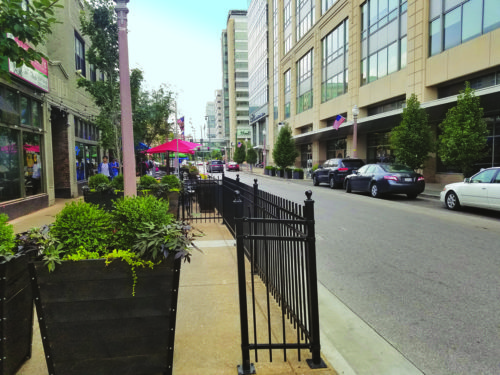
Contribute to a sustainable society
While the world’s renowned great streets may not meet today’s standards for certified sustainable design, they are sustainable in their own right. These streets have stood the test of time. They have been developed in the proper context and promote non-motorized travel. Tomorrow’s great streets integrate modern sustainable initiatives such as green infrastructure, efficient/dark sky street lighting, recycled/indigenous materials and energy considerations among others. Sustainable streets are constructed of durable, low maintenance materials and embrace landscaping that helps reduce maintenance and therefore fossil fuel use. Ultimately, these great streets are sustainable because we can put aside our car for travel alternatives that are healthier for our bodies and our world.
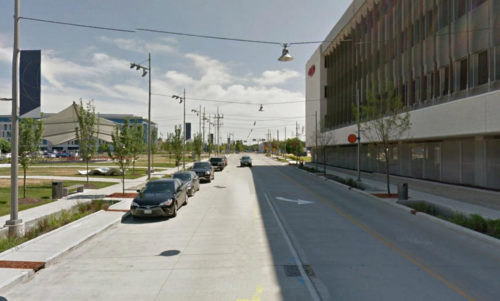
On the Road to Walkability
St. Louis is heading in the right direction with its emphasis on the pedestrian and cyclist. Significant planning initiatives are underway or under construction: Cortex Innovation Community; 39 North Agtech District; Choice Neighborhoods and the $90 million redevelopment of Preservation Square; Great River Greenway District’s (GRG) multi-use trails, Trailnet’s trail network; National Geospatial Agency’s (NGA) and Project Connect; North Riverfront Master Plan; Northside Southside MetroLink Expansion Study and completion of the $380 million CityArchRiver project. This substantial list only captures the largest initiatives. In addition, there are incremental improvements around the City and region that are slowly but surely contributing to the collective walkable network. The goal is connectivity for our region. St. louis is planning for great streets and walkability.
